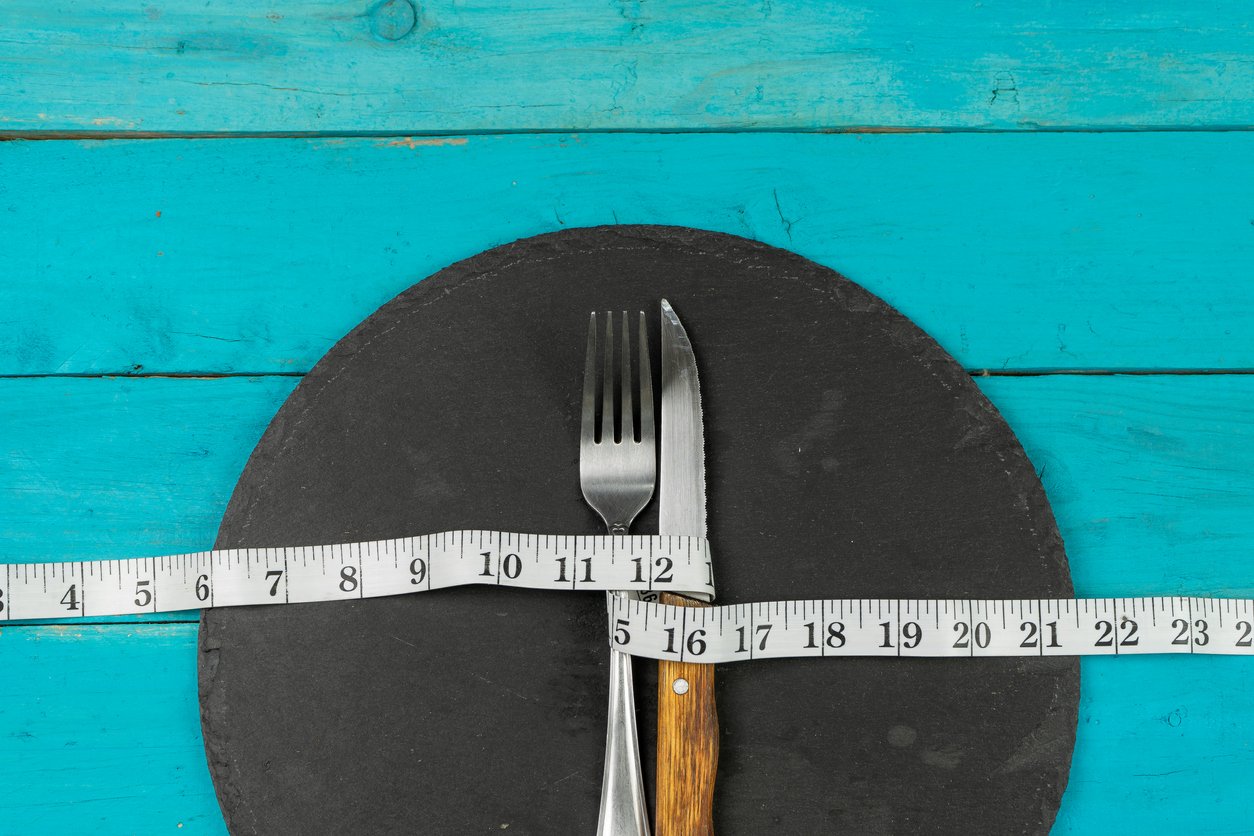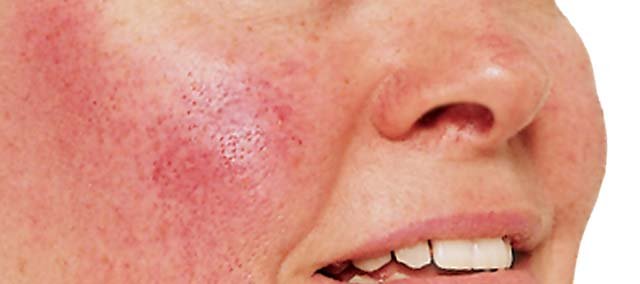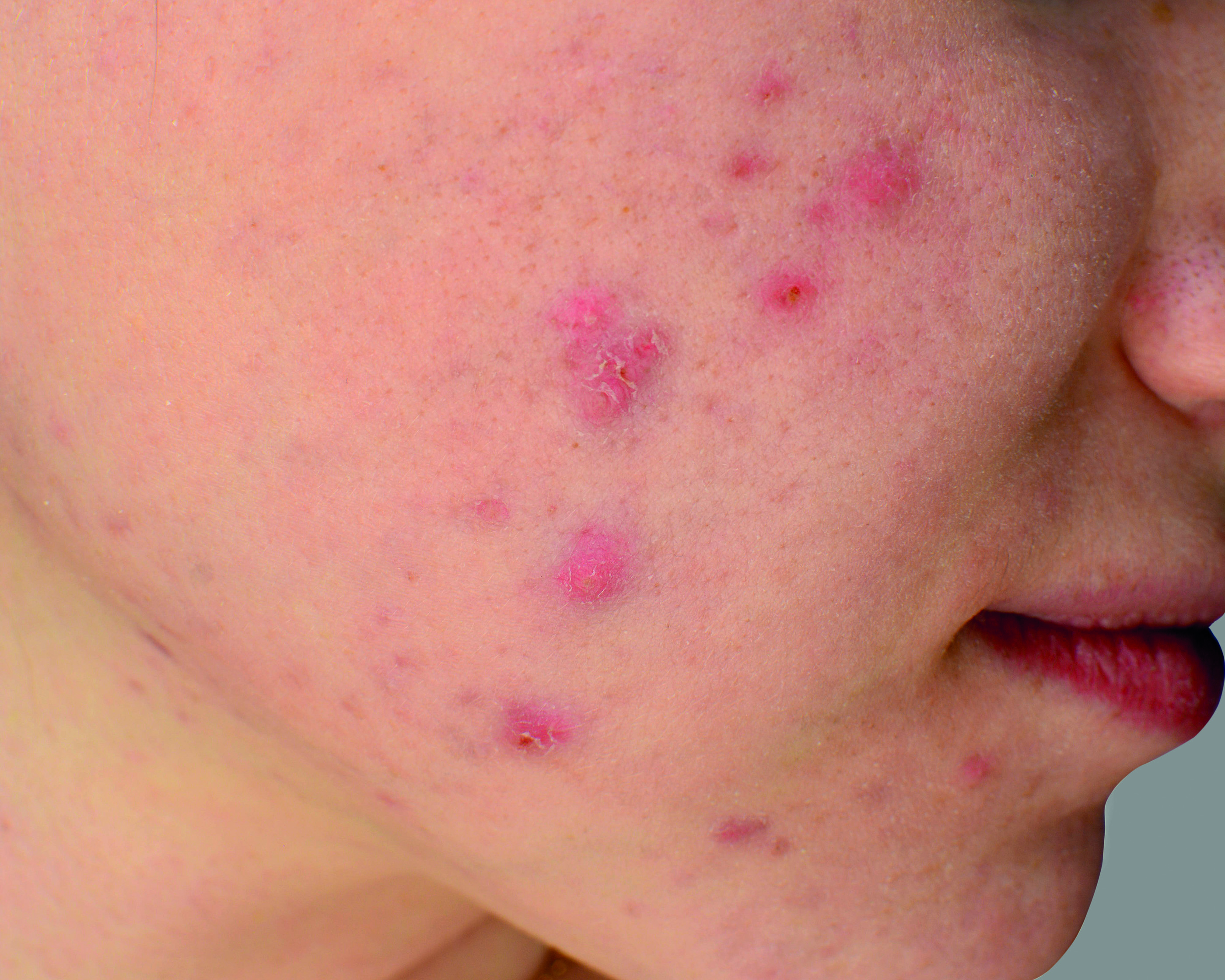<h3 class=”HeadB25MIstyles”>NOSP in talks with Medical Council</h3>
Physician suicide is catastrophic for not only the individual doctor’s family and friends, but also for their patients, the Spring Meeting of the College of Psychiatrists was told. At the meeting, which was held in Athlone, Consultant Psychiatrist Dr Justin Brophy stressed the need for doctors to care for one another, especially in the context of challenging working environments.
During his presentation on doctor suicides, Dr Brophy, who is clinical advisor to the National Office of Suicide Prevention (NOSP), said there are about 400 physician suicides in the US every year, the equivalent of one medical school output per annum.
“There is a growing awareness and alarm globally around this,” he said, citing efforts by the Association of American Medical Colleges, <em>JAMA</em>, and <em>The Lancet</em> to address the escalating crisis of depression, burnout and suicide among doctors.
Doctors, as well as other medical professionals, are at high-risk of suicide, as they have both the knowledge and access to means to take their lives.
According to the proportional mortality ratio (PMR), male doctors are at a high-risk of suicide; however, this is contradicted by the standardised mortality ratio (SMR), which indicated that the risk was low.
Yet according to a 2008 paper by Meltzer et al, there was a higher incidence of suicide among female health professionals in the UK. In Australia, a higher suicide rate in female versus male doctors was also found in 79 doctor suicides in Australia. The suicide risk for female doctors is a particular problem, the meeting heard, as they had significantly higher rates than those in the educational profession.
More recent data from Australia has indicated that the suicide rate may be rising, in both male and female doctors, to such an extent that both genders may have a greater suicide rate than the general population. Again this research indicated that there was a disproportionately higher risk in females.
For psychiatrists, there was perhaps slightly higher risk, said Dr Brophy, but he added that the specialty does very well in surveys of general professional happiness.
He also cautioned that the profession needed to be mindful of retired colleagues and that the number of suicides among healthcare professionals as an occupational group as a whole was not known.
Medical students are also at risk, with suicide being the most common cause of death for the group after accidents.
“That extends to interns as well,” he said. Prospective medical students and residents were also very unlikely to disclose a history of depression because of the fear of how it might impact on their career.
The issue of burnout and doctor mental health received widespread media coverage following the IMO conference, where it was estimated that one-third of doctors in hospitals were suffering from burnout.
Several factors contribute to this including: Workplace bullying, oversight and scrutiny, coupled with an increasing workload. Also, greater bureaucracy means that doctors were spending more time at the ‘screen’ than with their patients.
This was worrying as the “one thing that protects us in this maelstrom is patient contact”, said Dr Brophy.
Other factors include the immersion in human suffering, an ever-present part of a doctor’s work, as well as the “dread” of making mistakes. Debt is also a growing issue for doctors, who are borrowing to fund their medical education. This was particularly relevant to graduate entrants.
“Ironically the EWTD [European Working Time Directive] hasn’t necessarily improved job satisfaction in graduates,” said Dr Brophy. “There is a disruption to continuous patient care and seeing people through an episode of illness.”
While he stressed that he is not a supporter of long working hours, “the idea that we can pop in and pop out of medical care in a shift-work paradigm is not helpful to our mental or physical health”.
Doctors also have a number of occupation-specific hazards and doctors at job-transition points are especially exposed to risk. Authors have found that most resident suicides took place during the months of July to September and January to March
Career progression obstacles can also trap doctors in unhealthy working environments “because people get into a sense of jeopardy and they tolerate and take on more stress”. Many doctors are also very pessimistic of recovery, particularly non-psychiatrists.
Furthermore, complaints to the Medical Council or employers can take the joy from medicine and as doctors are very judgemental of themselves, complaints can cause doctors to shut down their emotional availability. It can also lead to avoiding patients “which is the worst thing for us to do”, said Dr Brophy.
“It is in everyone’s interest that these doctors are dealt with compassionately and receive the appropriate support because burnt-out, unhappy, depressed, and compassion-depleted doctors make more mistakes.”
This, unfortunately, can lead to a situation of multiple jeopardy where the physician is being investigated by multiple bodies. Even when resolved, the stigma of complaint can linger a long time.
The UK GMC reported that there were 28 doctor suicides over eight years before the fitness to practise committees, which caused a reform in GMC procedures.
“And we have begun an important discussion under my auspices in NOSP. We’re speaking to the Medical Council, Dental Council and the pharmacy regulator, to try and ensure that investigator processes here meet high and compassionate standards of care for those subject to that.”
Contrary to public opinion, doctors are no more or, no less likely to suffer from depression, anxiety and substance misuse “but sleep deprivation particularly for young trainee doctors is a big driver of mood dysregulation. Depression in high-functioning people is often well-masked and compensated for”.
This means that as doctors are “masters of disguise” when they do reach out for help it is generally in extremis.
Dr Brophy also highlighted the lack of self-compassion and peer-compassion in the medical profession. “We judge ourselves very harshly and we judge our colleagues equally harshly,” he said. “We must look after each other.”
During the question and answer session, the role of the Medical Council as a stressor was highlighted. Dr Brophy again stated that the NOPS is in dialogue with all the medical, dental and pharmacist regulators regarding all of their procedures.
“The councils are open and we intend to begin a detailed process to try and look at not just disciplinary and fitness to practise procedures,” he said. Doctors as a profession just want fairness, “and all we want is that”, he added.
<h3 class=”HeadB25MIstyles”>President ‘disappointed’ at no meeting with Minister Daly</h3>
The President of the College of Psychiatrists of Ireland has expressed his disappointment that the Minister responsible for mental health has not yet met with the College. Minister of State at the Department of Health with special responsibility for Mental Health and Older People Jim Daly took up his post in June of last year.
Speaking to this paper at the College’s Spring Conference, Dr John Hillery said that the training body had been in contact with Minister Daly’s predecessors in office.
“We had a lot of interaction with Kathleen Lynch and interaction with Helen McEntee, but none with him so far,” said Dr Hillery. “We haven’t met him despite efforts. I wrote to him when he was appointed and it is disappointing we haven’t met.”
He added that as the College is the main body for the medical treatment of mental health problems, it is important that it and the Minister interact.
During his welcoming address to the more than 300 colleagues who attended the Athlone conference, Dr Hillery also raised concerns about the future of the mental health directorate as National Director Ms Anne O’Connor is now being asked to take over non-mental health duties.
The lack of clarity on what this might mean for services was concerning, Dr Hillery said, particularly as the College and Ms O’Connor had a good working relationship, and as <em>A Vision for Change</em> called for a mental health ‘czar’, something which had worked well elsewhere. Dr Hillery also called for a fully resourced statutory oversight of the implementation of <em>A Vision for Change</em>, which he described as a very good document.
While he welcomed the 5 per cent increase in BST trainees for the College, he expressed frustration at the haggling which had to be done to accomplish this.
“We shouldn’t have to play these games, it’s about delivering a service to the public, especially at a time when many of our NCHDs are leaving,” he said. “Our trainees are telling us that they see Ireland as not a good place to work because of the conditions, the biggest part of that is probably the work setting and quality-of-life.”
He also stressed at the conference that Ireland needs to value doctors if it is to encourage people to study medicine and stay in Ireland.
During the two-day conference, the concept of ‘zero suicide’ was discussed and criticised by psychiatrists who feared that it may be used to condemn doctors whose patients take their own lives.
Dr Hillery also expressed his own reservations about the idea, saying “suicide is a hugely complex, medical, philosophical and psychological issue”.
“We have to take every step we can to make sure that people are getting the supports they need and time to make proper decisions, because one of the big issues with suicide is the impulsivity of it towards the end,” he added. “But I don’t know how you can prevent everyone from taking their own life.”
He said mental health services have to ensure that people’s right to treatment is always met.
He also highlighted that many societal problems end up being dealt with by psychiatry, rather than by the State as a whole.
“Figures from the OECD state that Ireland has the highest rate of untreated chronic depression in the OECD. That’s not about psychiatric services, it’s about something in Irish society,” he said. “People feel excluded and unable to get help.”
Furthermore, service provision is being impacted by resource constraints and the consequent ‘moral distress’ for doctors is a contributing factor in burnout. Despite this and other challenges, he agreed that the specialty was maintaining its compassion for its patients. He also expressed hope that while doctors were traditionally poor at looking after their physical and mental health, this is changing.
The President of the College said he was delighted with the conference, particularly the posters which reflected the high quality of the trainees. He also praised Vice President Dr William Flannery for organising the conference.
Speaking to the <strong><em>Medical Independent</em></strong>, Minister Daly said he was open to meeting with Dr Hillery and the College in matters relating to mental health services.
<h3>Concern over reported suicide figures</h3>
There is increasing concern that suicide numbers are not accurately reflected in CSO data, the Chief Scientist of the National Suicide Research Foundation told the recent Spring Conference of the College of Psychiatrists of Ireland. Concern was also highlighted about an emerging pattern, where there is increasing lethality of self-harm attempts in shorter spaces of time.
Prof Ella Arensman said that late-registered deaths, not included in CSO data, impacts negatively on the accuracy of published suicide figures and the use of suicide figures for evaluation purposes.
In 2013, while 487 suicides were officially reported, when late-registered deaths are taken into account, this number increases to 543, an increase of 11.5 per cent.
In her presentation, Prof Arensman said it is not surprising that during the time of recession and austerity there was a peak in self-harm. However, there was a 30 per cent increase in self-harm in males aged 15-29 years old over a four-year period between 2009-2013.
She said that in her many years working in this field, she had never seen an increase of this scale before. Females in this age bracket also saw an increase, though not nearly to the same extent.
“Rates of self-harm are going down, but are not yet as low as the year prior to the recession,” she added.
“Unfortunately, in recent years, via our hospital-based self-harm rate, we are seeing an ongoing increase in highly lethal methods being used by young people in terms of self-harm. We all know when people use these kinds of methods, when there is a repeat act the lethality is likely to go up.”
There are many shared risk factors associated with self-harm in adolescents of both genders, including bullying and substance abuse.
“Sleep problems are one of the recently emerging factors,” Prof Arensman added. “And while you might think that’s down to depression, it seems to be related to insufficient sleep hygiene very much instigated by needing to be on-call for the world, online, 24 hours a day.”
The role of social media and the Internet was a particular concern of the presentation. According to a Biddle et al population survey of 21-year-olds published in 2016, of the 248 participants who had made suicide attempts, 6 per cent of the overall sample, almost three-quarters reported some kind of suicide-related Internet use at some point in their lives.
One-in-five had accessed sites giving information on how to harm oneself or take one’s life. The impact of the Netflix show <em>13 Reason Why</em> was also highlighted. The show revolves around the suicide of a girl who takes her own life after suffering a series of demoralising events brought on by fellow pupils at her school.
“We still don’t know the extent in the increase of copycat suicides globally,” said Prof Arensman, but she added that via the International Association for Suicide Prevention, striking examples of clear copycat incidents were reported.
“Very recently, via our National Self-Harm Registry, we have identified a peak of hospital-reported self-harm in young people in the fifth week after the launch of this programme,” she said.
However, she also highlighted positive developments, such as the Youth Aware of Mental Health programme. This programme, which is aimed at improving pupils’ coping skills, has seen a reported greater-than-50 per cent reduction in incident-suicide attempts.
“This is clearly a programme to be recommended to be implemented,” she said.
Prof Arensman stressed that there is a wide variety of motivations for people self-harming, which need time to be identified. Recognising this ambivalence was crucial for those working with people who self-harm, the meeting heard.
Working closely with coroners since 2008, the Foundation examined the main characteristics of people (307 consecutive cases) who had died by suicides found that most were men (80 per cent) and a high percentage were unemployed at the time of death (33.1 per cent).
Nearly two-thirds had a history of self-harm (65.2 per cent); 69.1 per cent were diagnosed with depression and alcohol/and or drug abuse was present among 60.7 per cent. Certain employment sections, such as construction and production, also stood out where 48.6 per cent of men worked. Among women 26.5 per cent had worked in a healthcare setting.
New data from the national registry on self-harm on repeat episodes of self-harm have identified a subgroup of about 650 people who had self-harmed and who have presented to emergency departments over 13,000 times.
“Each time in there is a slight increase in their lethality,” she added.
In terms of evidence-based interventions, dialectical behavioural therapy among men who engaged in high-risk self-harm has not yet shown consistently positive results in reducing repeated self harm.
Speaking to this paper following her talk, Prof Arensman again highlighted her concerns about the increasing lethality of methods used in a shorter space of time.
“That is new, concerning information,” she said. “Since 2004 each year by young people there is a step-by-step increase in engaging in non-lethal self-harm but using highly lethal methods.”
If that person does not get the appropriate assessment they may move on to more lethal methods, she warned.
“Exposure by young people of lethal methods via social media is certainly a factor,” she said. “We have identified that people via social media make arrangements to go somewhere to end their lives, but we have also recently discovered that there are certain spots, including spots in Ireland and other counties, where people frequently go to take their lives. So you could say there is inappropriate promoting of these sites and the big question is who controls that in social media?”
She also urged the media and programme-makers to adhere to new WHO guidelines regarding suicide.
“I think the Department of Communications should re-enforce that. A number of first studies have already found adverse effects of the show <em>13 Reasons Why</em>, which was released last year, and on top of that there has been very specific copycat cases of suicide.”
<h3>Drive for ‘unachievable’ muscularity and leanness a concern</h3>
Eating disorders (ED) in men are much more common than thought and male patients continue to feel marginalised in what is traditionally thought of as a female-centric issue, the Spring Conference of the College of Psychiatrists of Ireland was told. It also heard that a disproportionate number of men who identify as gay, bi-sexual or having the same-sex partner have higher instances of diagnosed and subclinical eating concerns.
Furthermore, the drive for increased upper body muscularity coupled with leanness is an increasing concern for psychiatrists and other healthcare professionals.
Until the 1970s there was a conspicuous absence of males in research and men were often excluded from clinical trials, and less than 1 per cent of peer-reviewed publications related to male patients.
However, there is a growing awareness amongst clinicians that it has been a myth that eating disorders do not affect a significant number of males, Prof Fiona McNicholas of Our Lady’s Children’s Hospital, Crumlin, told a session on the subject.
It is estimated from clinical populations that one-in-10 presentations is male, she said, adding that it is well recognised that as males are poor at help-seeking, these figures are probably an underestimation.
This number drops to four-to-one if the research is broadened to community surveys and epidemiological work, and “looking at prepubertal children, in Crumlin we see far more boys than girls relatively to what you would in adolescence”, the consultant psychiatrist said.
Anorexia is the least common eating disorder in males but the epidemiological prevalence would suggest that maybe 0.1 per cent or 0.2 per cent would have anorexia, she said.
“Over a lifetime, 25 per cent of cases of anorexia are in the male population, but only 10 per cent are help-seeking,” Prof McNicholas said.
“Bulimia is more common in both males and female and community estimates place it over 1 per cent, which is quite significant, and 33 per cent of the lifetime diagnosis of bulimia is in young males.”
In males with bulimia, binges are “very common”, but there is not the same associated loss of control seen in female patients and they are much less likely to purge.
Binge eating is more gender neutral and has about the same number of males as females presenting based on both clinical help-seeking and community surveys. However, in males it is more likely to be accompanied with substance abuse disorder and other mental health disorders.
In terms of subclinical concerns, Prof McNicholas said that the desire for an upper body musculature and reduced body fat in order to assist with visibility was prevalent in college students, and it is estimated by Eisenberg et al, that 10 per cent of community samples in universities are using synthetic muscle enhancers. The drive for the so-called perfect male physique is also affecting very young children, the meeting heard.
However, there is a contradiction at the core of this ideal as muscularity is about the over-eating of specific foods, while the drive for leanness is associated with a reduction in calories, particularly in carbs and in fats.
“And this is what young boys and young males are oscillating between,” said Prof McNicholas. The media is contributing to this development through its depictions of the ‘perfect’ body and even brief exposure to such images has been associated with psychological distress. However, these dimensions of musculature, which many aspire to are unachievable, she said.
The presentations are also different between males and in females, she added. “You don’t have the same preoccupation with the need to reduce weight or a fear of fatness, they are much more concerned about increasing upper body mass.”
As well as affecting a disproportionate number of gay and bi-sexual men, the transgender group is a particular concern regarding ED, and surveys of young individuals from this group have shown there is a very high rate of eating concerns.
Prof McNicholas cautioned that ED is complex when it presents in a prepubertal girl or boy. Multifactoral issues can be involved including OCD and autistic spectrum disorder.
“We cannot use the same assumptions about the relation between social ideals and eating disorders that we give to adolescents and adults to the younger preschool, prepubertal children. They are just not correct,” she said.
In conclusion, she said that while Ireland was in the midst of an obesity epidemic, healthcare professionals and society needed to address this without slipping towards an overemphasis on body-image ideal. She also stressed the need to understand issues from a male perspective at all ages.












Leave a Reply
You must be logged in to post a comment.